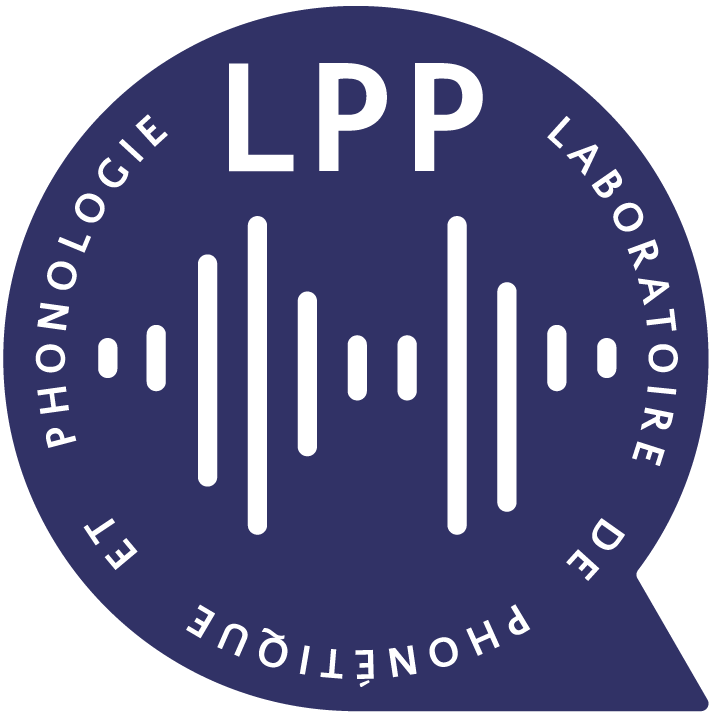Modelling the process that a listener actuates in deriving the words intended by a speaker requires setting a hypothesis on how lexical items are stored in memory. This work aims at developing a system that imitates humans when identifying words in running speech and, in this way, provide a framework to better understand human speech processing. We build a speech recognizer for Italian based on the principles of Stevens’ model of Lexical Access in which words are stored as hierarchical arrangements of distinctive features (Stevens, K. N. (2002). “Toward a model for lexical access based on acoustic landmarks and distinctive features,” J. Acoust. Soc. Am., 111(4):1872–1891). Over the past few decades, the Speech Communication Group at the Massachusetts Institute of Technology (MIT) developed a speech recognition system for English based on this approach. Italian is the first language beyond English to be explored; the extension to another language provides the opportunity to test the hypothesis that words are represented in memory as predicted by theory, and reveal which of the underlying mechanisms may have a language-independent nature. Future developments will test the hypothesis that specific acoustic discontinuities – called landmarks – that serve as cues to features, are language independent, while other cues may be language-dependent, with powerful implications for understanding how the human brain recognizes speech. A new Lexical Access corpus, the LaMIT database, that was created and labeled specifically for this work, will be described. It is provided freely to the speech research community. Furthermore, as will be presented, a legacy software, named xkl, with superior capabilities in performing detailed acoustic analysis of speech, that was developed in the 80’s by the late Dennis Klatt at MIT, was revamped and adapted to modern computing platforms. Finally, we will address a peculiar property of Italian, lexical vs. syntactic consonant gemination, as an exemplar case of the adopted research method.
SRPP: A Lexical Access Model for Italian: The LaMIT project – Modeling human speech processing: identification of words in running speech toward lexical access based on the detection of landmarks and other acoustic cues to features
Maria-Gabriella Di Benedetto (Sapienza University of Rome)


